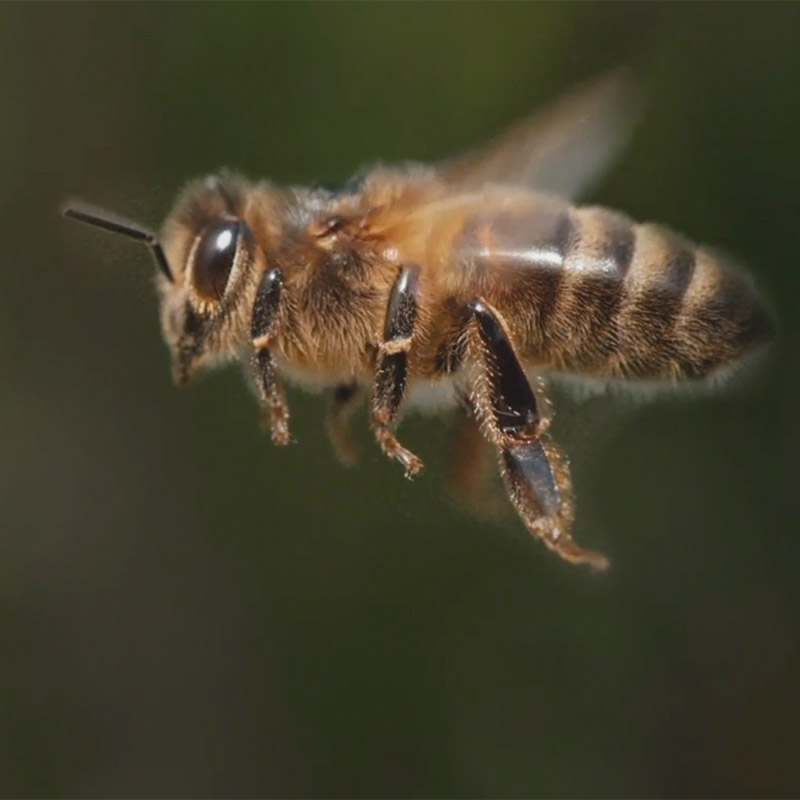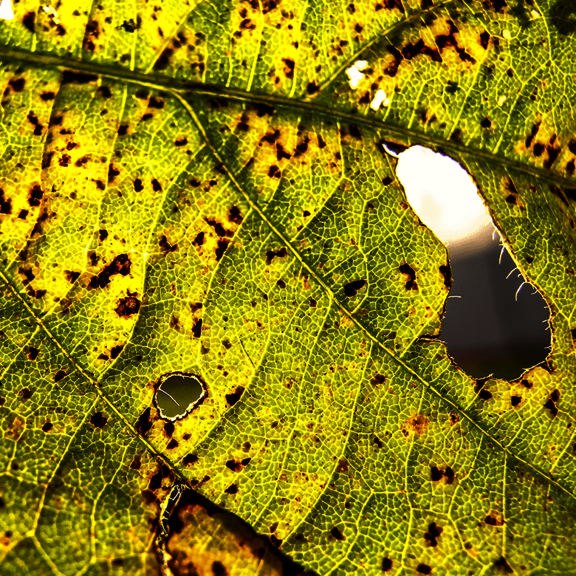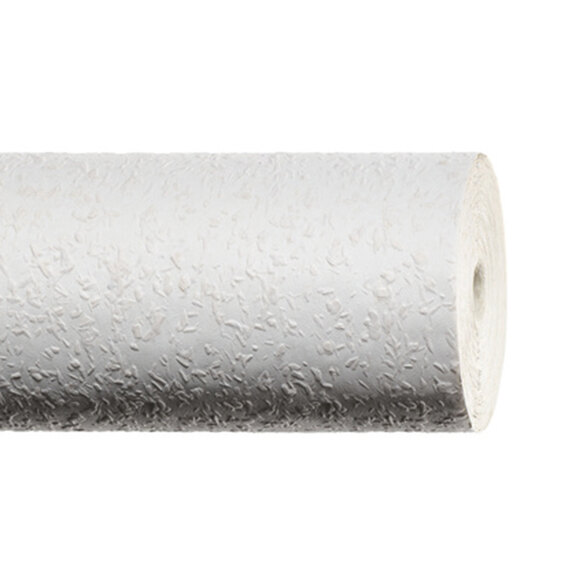The lotus flower is a small marvel: the leaves of the plant, which is mainly native to Asia, can clean themselves. Tiny wax crystals sit on the surface of the leaf to minimize contact between the leaf and dirt particles or water droplets and ensure that these cannot stick. Water droplets roll off the leaf, taking dirt and dust particles with them. This effect has been studied for decades. It has now been patented. Botanist and bionics expert Wilhelm Barthlott from Bonn played a major part in this: he discovered the principle in the 1970s. He succeeded in reproducing the rough microstructure of the plants on artificial surfaces with the help of scanning electron microscopy. Under the brand name “Lotus Effect”, he also put his discovery into practice from 1998 with partners from industry. The process heralded in a paradigm shift in surface technology.
Simply let it roll off
Today, the lotus effect principle can be found in many everyday things, for example in special façade paint and silicone wax, which are used to make water and dirt roll off house walls, awnings, or roofs. The lotus effect is particularly effective on surfaces regularly exposed to wind and rain. Intensive research is being conducted into further fields of application – with nature serving as a role model.
(Header: Wolfilser – Adobe Stock)







